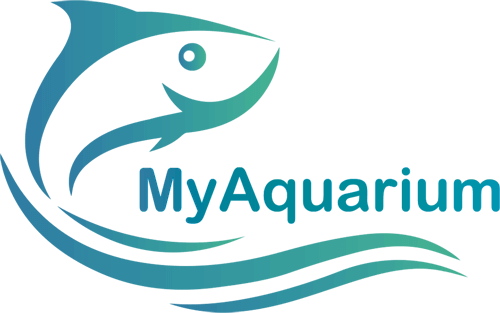Popeye or Bulging eye disease is known as exophthalmos, a condition in which the fish’s eyes become swollen or appear smoky or cloudy.
It is not just because a fish has bulging eyes that it means that there is a problem with it. Some species of fish – such as the telescope goldfish – are appreciated by aquarists due to their large bulging eyes, which are perfectly normal and healthy.
Sometimes, however, smoky, cloudy, and swollen eyes can indicate Popeye Disease. If you see one or more fish showing signs of this disease, it is likely that an infection is occurring. This condition can cause your fish to lose its eyes and consequently its vision, if not treated properly.
See Also:
What Is Popeye Disease Or Bulging Eyes?
Pop Eye disease – known medically as exophthalmos – is a condition in which the fish’s eyes become swollen and abnormally protrude from their socket due to various underlying diseases. This problem can affect one eye or both. Above all, the eyes will appear cloudy or smoky, in addition to the obvious puffiness.
What Are The Popeye Disease Symptoms?
Some fish species that do not have telescopic eyes may exhibit marked swelling of one or both eyes. This swelling is usually caused by fluid leaking from the area behind the eyeball. The eye may become cloudy or discolored if the cornea is ruptured or stained with blood (in case the fish are physically injured).
In more severe cases, it is possible for infected eyes to rupture without treatment. If this occurs, the fish may recover, but will be blind in the affected eye.
What Are The Causes Of The Popeye Disease?
Several causative agents can be responsible for the Popeye, and sometimes the real underlying disorder is never discovered.
See Also:
If only one eye is affected (unilateral), it is likely that the condition is caused by an injury and not a problem with the water chemistry. A puffy eye can be the result of a fight with another fish or simply caused by an injury to an fish tank decoration object. If this occurs, look for eye damage – this will show that the exophthalmos was the result of an injury.
In most injuries, the protruding eye will recede as it recovers. However, the fish must be monitored closely, as infection can occur, causing loss of vision in the affected eye.
However, another cause of the Popeye Disease is an infection. This is most common when it occurs in both eyes. The infection can be caused by a variety of organisms, including bacteria, fungi and parasites. If the fish is suffering from dropsy, the prognosis can be bleak. Internal problems, such as kidney failure or metabolic problems, can result in fluid accumulation, making it difficult to treat the animal.
See Also:
The most sensitive fish will be the first to be affected by poor water conditions. If one or more fish in your tank has this problem, test your water to determine if something is wrong with its chemistry.
Also consider the gases over-saturation in the water, which can be seen as small bubbles on the sides of the tank and even on the fish’s skin. This can cause gas to accumulate in the eyes and swell.
What Is The Treatment For Popeye Disease?
Treatment for Pop Eye will depend on the cause. In addition, if the eye has been injured, perform palliative care using salt while the eye heals (unless it is contraindicated for the species).
See Also:
During the recovery process, partial water changes and water chemistry tests must be made frequently. If water tests indicate a problem – fluctuating pH or high Ammonia and Nitrite – correct them immediately to avoid additional stress.
Most importantly, all fish must be fed high quality food to keep their immune systems healthy. A quarantine tank may be necessary for cases where one or more fish have problems with bacterial infections.
Treat this fish with an antibiotic, recommended by your supplier or veterinarian to resolve the infection. It may be necessary to treat the fish tank if one or more fish show symptoms of the disease.
A veterinarian can diagnose parasite infestations using biopsies from the skin and gills of the fish. An appropriate treatment may be prescribed to treat the aquarium water.
How To Prevent Popeye Disease?
Since Pop Eye is caused by a variety of factors, there is no magic to prevent it from occurring in your fish tank.
However, if the tank is well maintained, Partial Water Changes are carried out regularly and the fish are fed correctly, the chances of occurrence will be greatly reduced. Monitor the chemistry of the aquarium water and watch your fish daily for disease signs.
If basic care is followed meticulously, PopEye is unlikely to occur in your fish tank. And if it does, it probably won’t be fatal.





1 Comment
Pingback: Dropsy or Bloat (Water Belly): What is it? How to treat? | MyAquarium